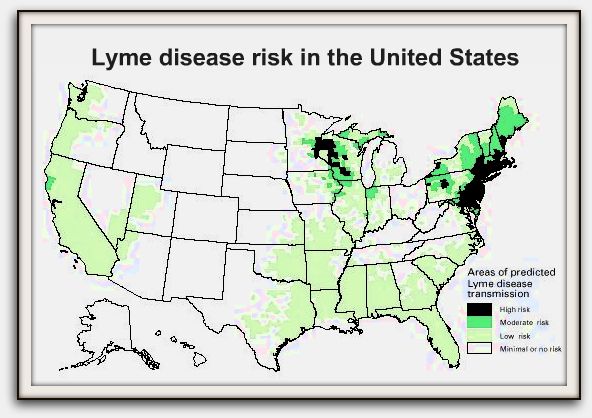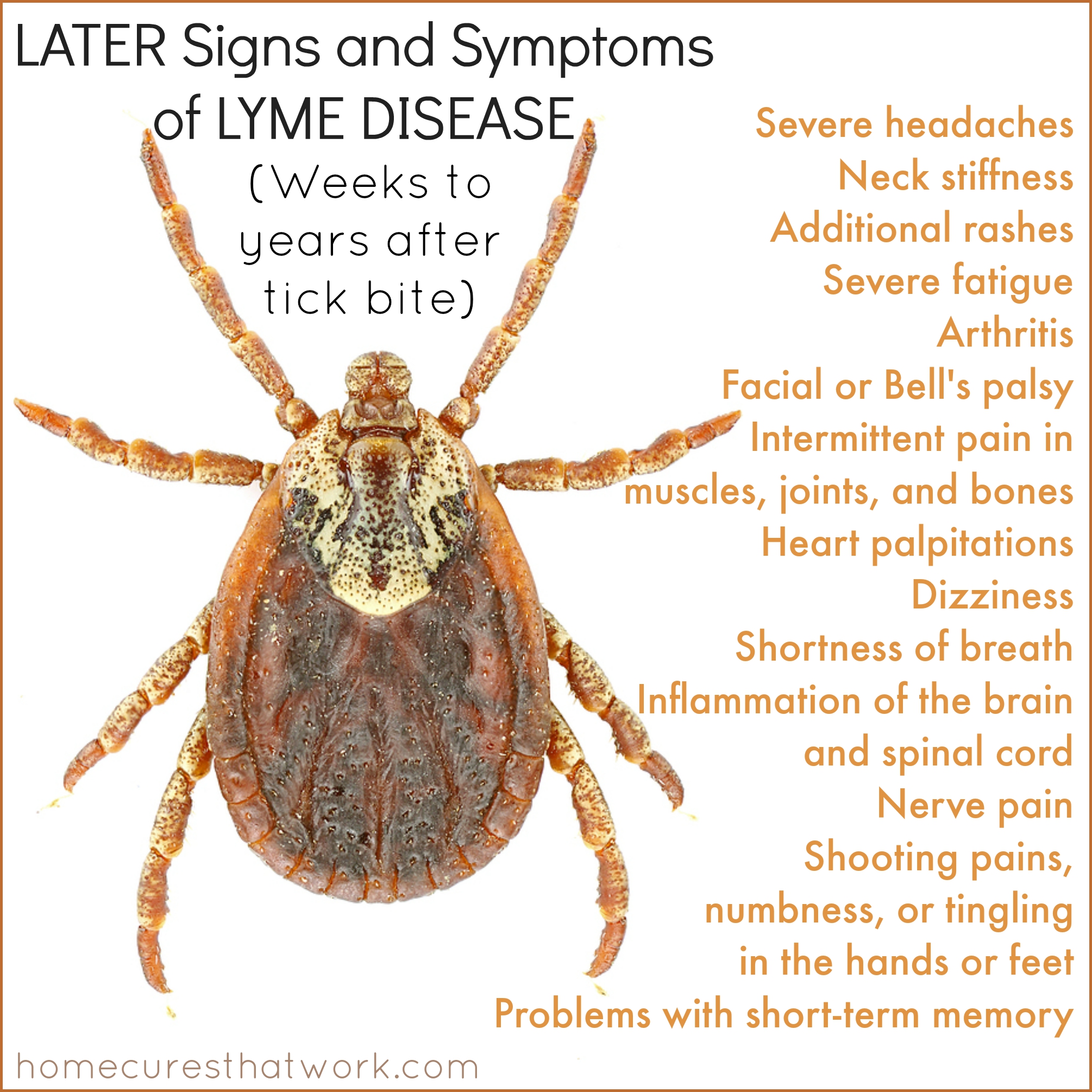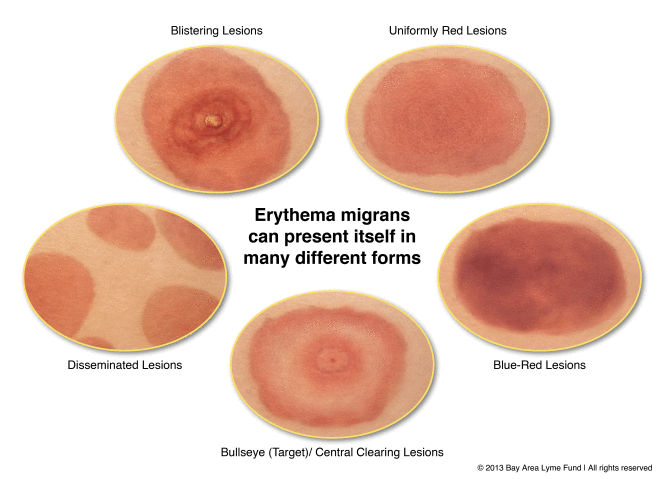
Photo courtesy of myblindspotjourney.wordpress.com.
What’s your greatest fear?
Since we moved to Maryland in May 2015, one of mine has been that my husband, daughters, or I would get Lyme disease.
We had traded the cold, crime, and bad traffic of Chicago for an adversary the size of a sesame seed.
How could we fight a foe we could barely see?
As you may know, Lyme disease is spread through the bite of infected blacklegged ticks. Also known as “deer ticks,” these bugs are much smaller than other ticks. Depending on the stage of their development, they range in size from a pinhead to an apple seed.
But the damage they cause can be life-changing. Our neighbor had to retire early and still suffers from pain in his back and knees. A sweet friend from church struggles with brain fog, debilitating fatigue, and physical limitations. Combined, these problems led to her having to go on disability.
In both their cases, they had Lyme disease for years before it was diagnosed. And untreated Lyme disease can cause arthritis, meningitis, nerve paralysis, and even heart problems.

In contrast, the CDC says, “People treated with appropriate antibiotics in the early stages of Lyme disease usually recover rapidly and completely.” Hence, the incredible importance of discovering the disease quickly.
EARLY LYME DISEASE: OUR DAUGHTER’S STORY

Michaela on her seventh birthday–Tuesday, August 28, 2018–with her baby bearded dragon.
Five years ago, my father also contracted Lyme disease, but his story gives us hope. Because he realized what it was within a week, he was able to recover from it without any permanent damage. (Well, the Lyme did possibly cause his hypothyroidism, but that’s another story.)
His story and ours are why I’m writing this blog: to help you recognize the disease early before it wreaks havoc on your health. Even more important perhaps, for parents, is to recognize it in your little ones.
Our seven-year-old, Michaela is strong, energetic, and independent. She delights us with her inventiveness, her creativity, and her surprising and perceptive observations.

Michaela at the Maryland Zoo the day we discovered she was sick.
But winter mornings with her can prove challenging. Even if it’s literally freezing outside, she almost never wants to wear a coat. To prove she doesn’t need one, she’ll stand on our deck for .2 seconds and say, “See? It’s not cold!”
But on the way home from her late August birthday party, she started complaining she was cold. The next day, on the way home from the zoo, she said the same. That evening—the Friday before Labor Day—she was hot to the touch. I took her temperature, and it was 103.4 degrees.
My husband, Mark, checked her from head to toe and found nothing unusual. Since her doctor’s office had closed by that time, he took her to a clinic, and they concluded she had a virus.
HOW A RASH RIGHTED A WRONG DIAGNOSIS
On Labor Day, after days of no symptoms except chills, fatigue, and fevers, I discovered a rash. At first, I thought it might just be a pressure mark from her long nap on Mark’s recliner. The middle of the night proved that theory wrong.
Just after midnight, Michaela came into our bedroom crying. Her head hurt, and her fever had spiked to 103.9. I checked the oval red mark on the back of her upper thigh, and it was still there.

Michaela a day after starting the antibiotics. You can still see the red circles around her eyes, but her bright smile is back and her hair is messy, because she was playing superheroes.
I gave her medicine and a lukewarm bath and left a voice mail for the on-call pediatrician. When he called back, he advised me to bring her in first thing in the morning.
I did, and another doctor examined her and ruled out common causes of fever. Then she called in a third doctor to check out the rash, which was clearing in the center. They agreed it was the Lyme disease rash and started her on antibiotics.
(Diagnostic blood tests aren’t usually accurate until four to six weeks after infection, so they start treatment for early Lyme disease based on your signs and symptoms.)
Most importantly, since the doctors think we caught it very early, they don’t predict any long-term problems.
THREE TIPS TO CATCH LYME EARLY
Because I want you to catch it early too, here are my main tips:
First, don’t just check for the Lyme disease rash once. The circular red area usually takes 3 to 14 days to appear after the tick bite and can appear as late as 30 days later. Some people never get the rash.
Second, don’t forget to check your scalp and areas where your skin creases when you stand.
Third, don’t assume it has to look like a bull’s-eye. The erythema migrans can take many forms (see the chart below).
 In my dad’s case, his rash looked like a normal rash but then spread to other parts of his body. In Michaela’s case, the classic Lyme disease rash didn’t appear until several days after her symptoms started. If your fever or a loved one’s persists, check for the rash again and see your primary care physician.
In my dad’s case, his rash looked like a normal rash but then spread to other parts of his body. In Michaela’s case, the classic Lyme disease rash didn’t appear until several days after her symptoms started. If your fever or a loved one’s persists, check for the rash again and see your primary care physician.
So now we know a little more about how to catch Lyme disease early. But how do we prevent ourselves and our loves ones from getting it in the first place? Click here to read my next blog!
Great article. Thanks!
Thanks, Dad! 🙂
Wow!! Good info to know. Glad you guys caught it early!!
Me too! 🙂
Praise God your Dad and Michaela have no after effects from those little monsters! Thank You Father God!
Yes, praise God! 🙂 Thank you, Claudet! 🙂 Miss you! 🙂
OMG!! so glad it was caught early and immediately diagnosed. I will keep your daughter in prayer.
Thank you so much, Cilla!!! 🙂
Thank you so much for this information. My prayers and my heart go up for Michaela and you as you go through this with her. God bless!!
You’re very welcome, Nancy! 🙂 I hope you and your loved ones find it helpful. Thank you so much for your prayers!!! 🙂
Hi Christy, Curtis contracted Lyme disease in 7th grade after spending a night with Wade and then the next night with Tim. We had just moved to Hagerstown. I thought it was a chigger, it was such a tiny dot. I sealed it with fingernail polish :(. He was not caught early because , when he was taken to the ER, they thought it was spinal meningitis. I asked them to do a Lyme yeast and they didn’t. The pediatrician said it was the flu and refused a Lyme test, too. Fortunately, I was able to look it up online and compare the secondary rash, erythema migrants. We had to demand our pediatrician give him erythromycin, although he gave him too small a dose. I then took home to a specialist and he received the proper dosage.
Since then, I have learned that COLLIDAL Silver kills spirochetes and would recommend this to be added to an antibiotic regimen. Amazon sells it. Betsy
Hi, Ms. Betsy! 🙂 I was so sorry to hear about the ordeal that you and Curtis went through. 🙁 How is he doing now?
Thanks for sharing! My daughters pediatrician called it an exotic disease and didn’t wish to do an invasive test (blood test) to determine if she indeed had Lyme . She ultimately was tested (mom can be a very strong and determined advocate) this happened 2x! We then changed pediatricians. Lunes is not an exotic disease And it is necessary to be caught early so treatment to cure is possible. So glad Micheala is being treated early! God bless!
You’re welcome, Marcia! I’m sorry to hear about your experience with your daughter’s pediatrician! Did your daughter end up having Lyme? The blood test is totally worth doing if someone has Lyme symptoms, especially since we live in such a Lyme-endemic area!!! Better to do a quick blood test and get diagnosed and treated earlier than later! Thank you for sharing your story!
Prayers going up for Michaela and family!
Thank you, Jachin!!! 🙂
My daughter was diagnosed with Lymes. She was diagnosed one day before we went to a 4-H conference at the University of Maryland where one of the workshop leaders was working closely with the CDC on Lymes. She said you MUST be put on a 30-day antibiotic. Our daughter had only been given a 14-day supply. Our pediatrician refused to change the dosage. Luckily we had some on hand from something else that we used to make up the 30 days. According to the workshop researcher, the CDC changed their parameters on the treatment of Lymes, but most doctors do not keep up with all the changes. She actually was willing to talk to my doctor (he still didn’t change his mind regarding my daughter, but luckily we had current info). So very glad you caught it when you did. You were a great advocate!
Thank you for sharing your story, Karen! 🙂 I’m so glad you were able to get a longer antibiotic treatment for Jordan! Is she doing okay now? Our pediatrician prescribed just two weeks of Amoxicillin for Michaela, but I took her to a Lyme specialist who put her on for longer. So the CDC now recommended a 30-day course?
Thanks for sharing.
Glad everyone’s ok… gotta be scary.
Definitely sharing this info…
Thanks Again…
Hugs n kisses to you all…
You’re welcome! 🙂 Thank you, Ricky!!! 🙂
Pingback: Welcome to My New Website! - Never Alone
Pingback: The Symptoms of Lyme Disease? I've Had 38 - Never Alone